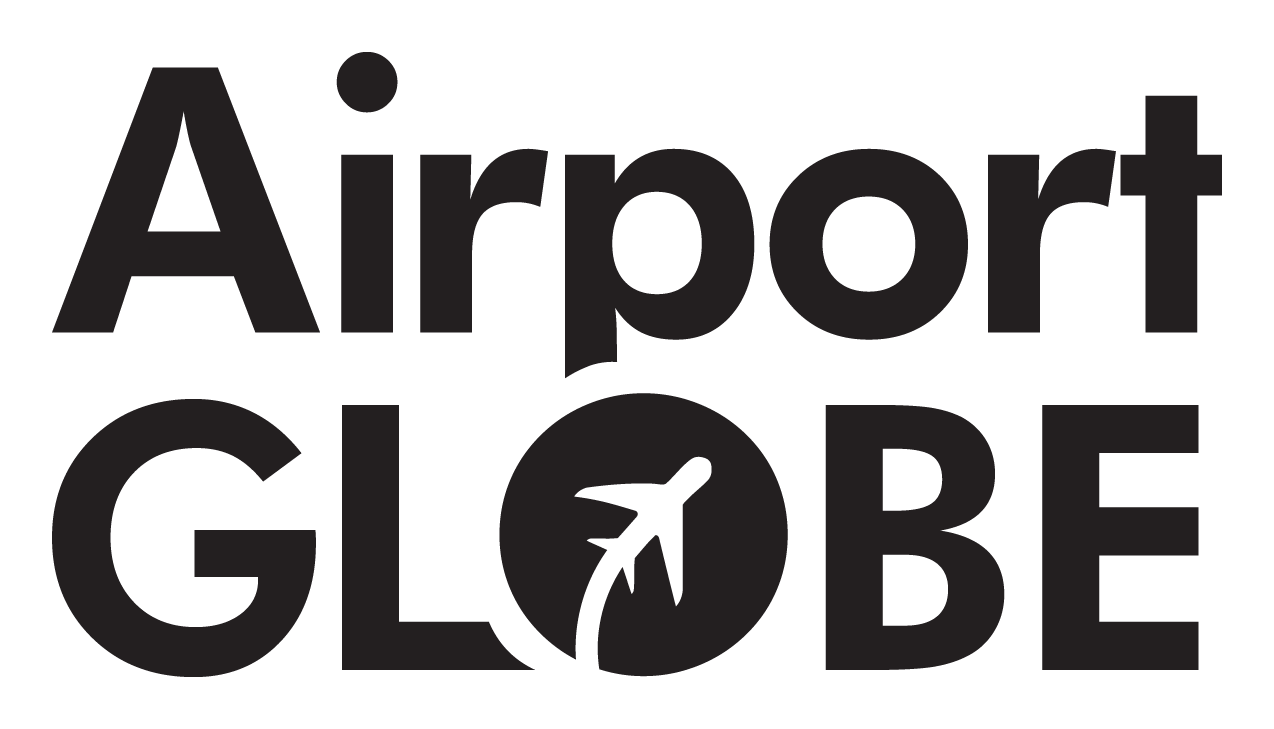The City of San Francisco
Your Guide to San Francisco: History, Transit, Airport Tips, Hotels, and Must-DosHome ›
The History of San Francisco
San Francisco, a city with a rich and diverse history, was founded in 1776 when Spanish colonists established the Presidio of San Francisco and the Mission San Francisco de Asís. During the California Gold Rush of 1849, San Francisco transformed rapidly from a small settlement to a bustling metropolis, becoming a central hub for commerce and trade. The influx of fortune seekers and immigrants contributed to the city’s cultural diversity, laying the foundation for its cosmopolitan character. The 1906 earthquake and subsequent fires were pivotal events that devastated much of the city, but San Francisco demonstrated remarkable resilience and was quickly rebuilt. The construction of iconic landmarks such as the Golden Gate Bridge in 1937 further cemented its status as a symbol of innovation and progress. Over the years, San Francisco has been a focal point for social movements, including the counterculture revolution of the 1960s and the LGBTQ+ rights movement, shaping its identity as an inclusive and forward-thinking city.
The San Francisco of Today
Today, San Francisco is renowned for its breathtaking landscapes, vibrant cultural scene, and diverse communities. The city is home to numerous world-class attractions, including the Golden Gate Bridge, Alcatraz Island, and Fisherman’s Wharf. Its iconic cable cars offer a unique way to explore the city’s hilly terrain, while neighborhoods such as Chinatown and the Mission District provide a glimpse into its multicultural fabric. Art enthusiasts can explore the San Francisco Museum of Modern Art and the de Young Museum, while food lovers will find a plethora of culinary delights ranging from gourmet restaurants to authentic street food. The city’s tech industry is a major economic driver, with Silicon Valley’s influence evident in its innovative spirit. With a lively nightlife, eclectic music scene, and numerous festivals and events, there are countless things to do in San Francisco, ensuring that visitors can always find something to suit their interests.
The Transportation Options in San Francisco
San Francisco offers a variety of transportation options to help residents and visitors navigate the city with ease. The city’s public transportation system includes buses, light rail, and the iconic cable cars, providing extensive coverage throughout the city. BART (Bay Area Rapid Transit) is a convenient option for those traveling to and from the surrounding Bay Area. For those who prefer to drive, San Francisco car rentals are widely available, offering flexibility for exploring beyond the city limits. Taxis and ride-sharing services such as Uber and Lyft are also popular choices for convenient door-to-door transportation. Additionally, the city’s bike-friendly infrastructure encourages cycling as an eco-friendly way to get around.
The San Francisco Airports
San Francisco is primarily served by San Francisco International Airport (SFO), one of the busiest airports in the United States. Located approximately 13 miles south of downtown, SFO handles both domestic and international flights, offering a wide array of amenities and services for travelers. The airport is well-connected to the city via BART, buses, and shuttles, providing convenient access for passengers. Additionally, Oakland International Airport (OAK) and Norman Y. Mineta San Jose International Airport (SJC) are alternative options within the Bay Area, offering additional flight routes and services.
Accommodation in San Francisco
San Francisco boasts a diverse range of accommodation options to suit every traveler’s needs. From luxury hotels and boutique inns to budget-friendly hostels and charming bed and breakfasts, there is something for everyone. San Francisco hotels located downtown tend to be more expensive, but staying in the heart of the city offers easy access to major attractions and public transportation. For those seeking more affordable options, booking in advance or exploring accommodations in surrounding neighborhoods can yield better rates.
